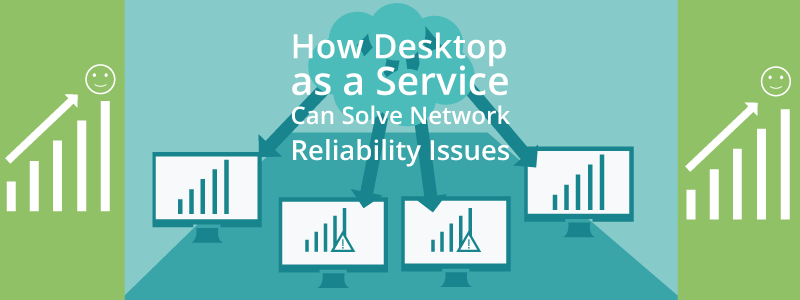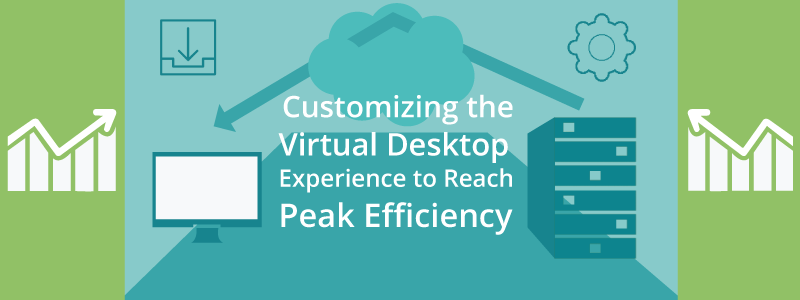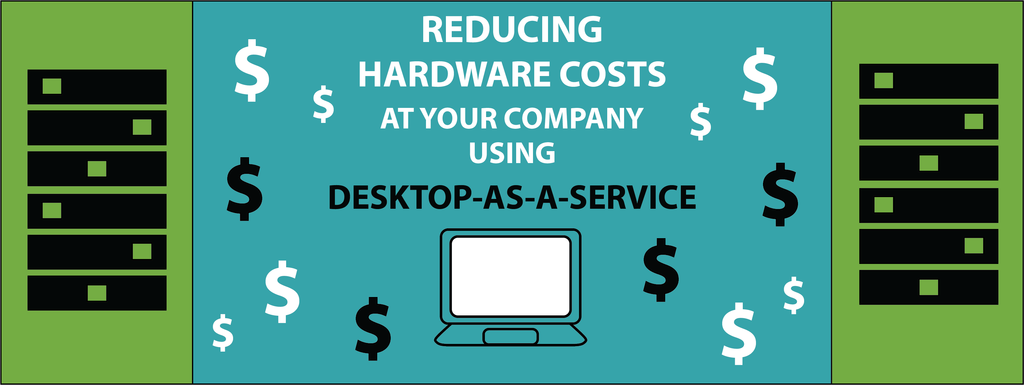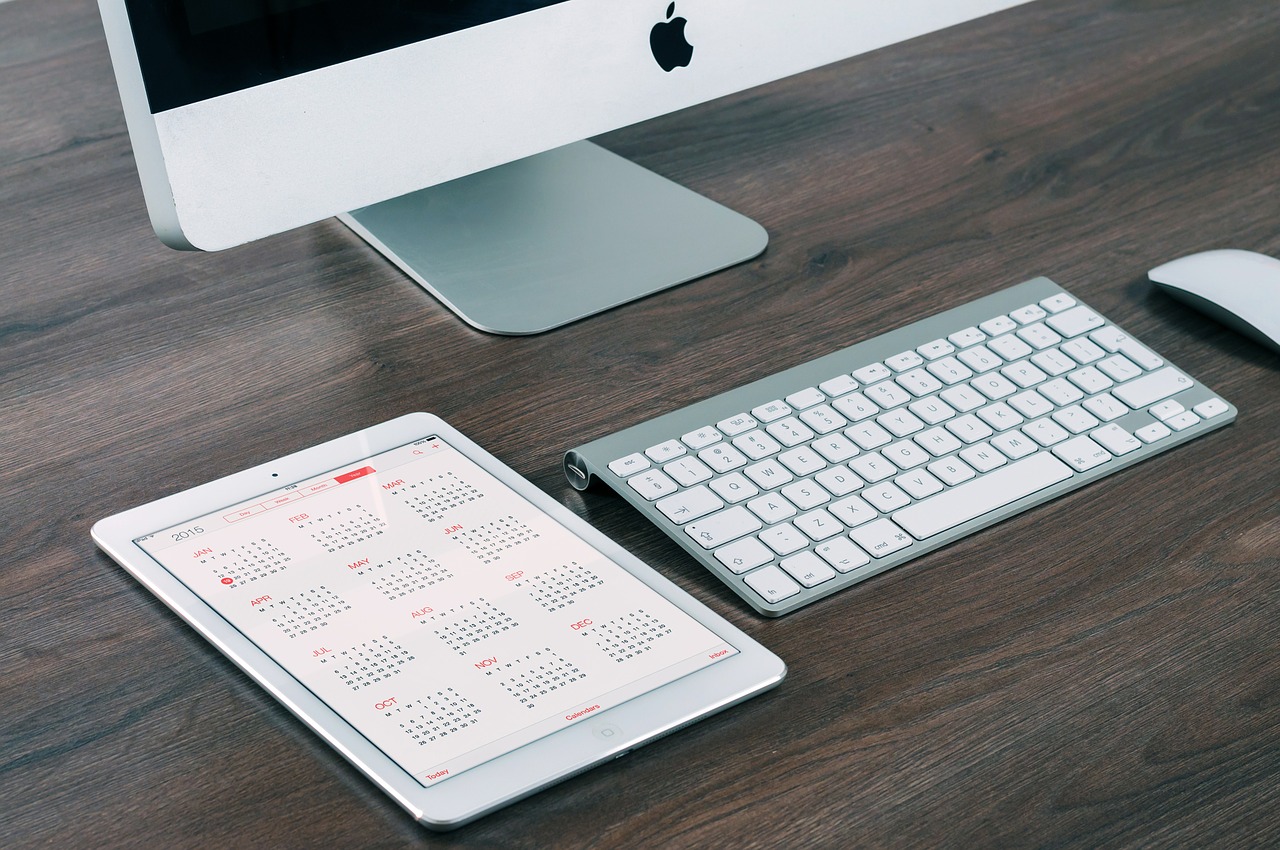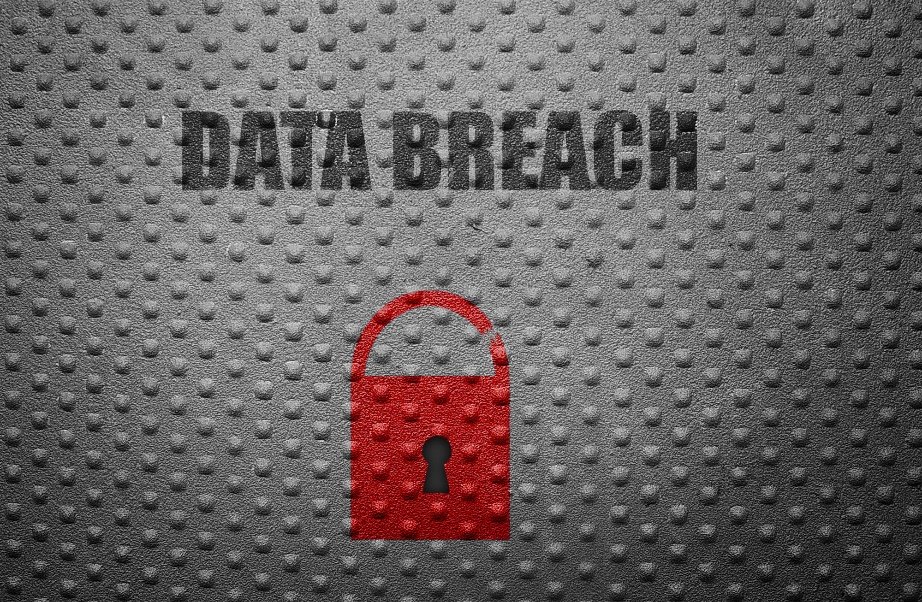Today things like desktop virtualization are pretty commonplace, but personal computers have come a long way. You may be able to fit an entire network or server in one room today, but it used to take an entire room just to hold one computer, and that was a wall to wall machine.
1975
The first machine that was dubbed a personal computer is technically the Altair 8800, developed by Ed Roberts in 1975. There is some debate about that fact, since some techies consider the KENBAK-1 made in 1971 to be the first personal computer. It's the term that's relative, though, since 1975 is when the term “personal computer” came into use.
1968
The first desktop computer to be marketed without use of the term “personal computer” was the HP 9100A by Hewlett Packard. It wasn't until 1974 that a full workstation including a mouse was designed and sold.
For those interested in some of the mile-marker developments that led to the personal computer, the dates below have a bit of interesting detail.
1822: Charles Babbage designs the Difference Engine.
1837: Charles Babbage designs the Analytical Engine with integrated memory and Arithmetic Logic Unit(ALU). Note that neither of these projects reached completion by Babbage due to lack of funding.
1936: Konrad Zuse designs binary programmable Z1.
1936: Alan Turing proposes Turing Machine capable of printing symbols.
1937: John Vincent Atanasaoof and Cliff Berry design the ABC, the first digital computer using vacuum tubes.
1943: Tommy Flowers designs Colossus for code breakers, the first electric programmable computer.
Though the history looks fairly simple, there were multiple inventions between 1943 and the time the first personal computer was made. Methods of storage, computing, and functioning have all undergone significant development since then and eventually led to where the world is now, doing things like accessing cloud desktops from a computer carried in your pocket.

